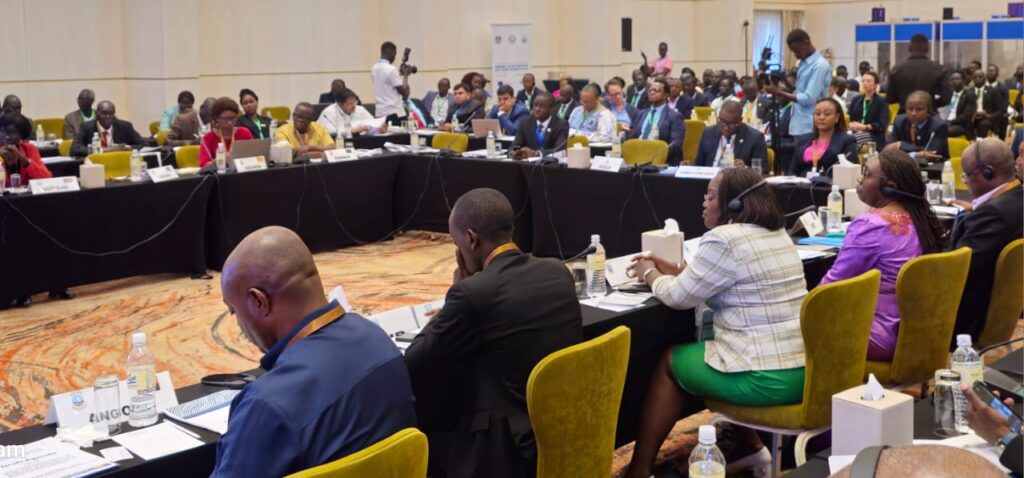A recent International Conference of the Great Lakes Region (ICGLR) in Juba, South Sudan, highlighted the pressing financial inclusion challenges facing Africa’s artisanal and small-scale mining (ASM) sector, with a particular focus on women and the youth.
The discussions centered on the structural barriers like limited access to financing and introduced innovative solutions to support marginalized miners.
The conference noted that the women in ASM often encountered unique financial hurdles.
The Executive Secretary of the Tanzania Women in Mining (TWIMI), McTilda Ntrombo, highlighted that while industry formalization provided structures, it could impose significant financial burdens, especially on women.
“Formalization often means more taxes, which reduces income,” Ntrombo explained, suggesting that reframing it as a path toward commercial accessibility could ease the financial strain for women miners.
Lynn Gitu from IMPACT further noted the obstacles linked to land ownership, explaining that without titles, women and youth lacked the collateral for securing loans.
“The absence of land ownership limits access to financing,” she said, emphasizing the structural disadvantages for these groups in ASM.
The conference presented alternative strategies to improve financial access.
Benjamin Mwinga of Hamline Contractors, Zambia, advocated that land be recognized as an asset in financial transactions, empowering miners to use it in the negotiations.
The co-founder of Impact Facility, David Stermis, underscored the importance of formal banking, like business accounts and record-keeping, to reduce risk for the institutions.
“Without formal operations, financial institutions view any investment in miners as a gamble,” he explained.
The conference spotlighted the Blended Finance Lease-to-Purchase Program, a transformative model enhancing financial access for ASM miners across East Africa.
By merging investor and donor funding, this initiative enables miners to lease equipment with eventual ownership as the goal. Miners receive tailored training and support, and a 15-20% commercial interest rate applies to leases, with the equipment repurposed in cases of default to recoup costs.
Recent funding expansions have allowed the program to operate more widely in Tanzania, providing a sustainable pathway to equipment ownership.
The Democratic Republic of Congo’s Trust Merchant Bank (TMB) was making strides in financial inclusion by digitizing transactions in the copper-cobalt mining, reducing cash dependency and moving closer to formalization.
The conference also highlighted inspiring personal stories, like that of Prudence Mulwanda, a Zambian silversmith turned miner who has overcome gender-based challenges.
Starting with jewelry, Mulwanda joined the Association of Women in Mining to access resources and training, eventually acquiring a mine in eastern Zambia.
“I decided to go into jewelry making because it’s a passion,” she said, adding that her journey included overcoming unfair pricing practices and traditional beliefs that discourage women from mining.
“There are certain myths… that a woman cannot go to the mine… because then the stones will disappear,” she noted, recounting her decision to assign underground tasks to men in her cooperative to avoid such risks.
Despite her achievements, Mulwanda highlighted the gender-based barriers women faced, including lower pay and limited access to industry resources.
She recalled an incident where male sellers attempted to overcharge her for low-quality emeralds.
With ASM offering significantly higher earnings than many other industries, women were forming cooperatives to save, access essential resources, and negotiate better prices.
Experts at the conference stressed that continued growth in Africa’s ASM depends on equitable partnerships, tailored formalization, and alternative collateral mechanisms, positioning ASM not only as a robust business, but also as a driver for regional stability and economic empowerment across East Africa.




